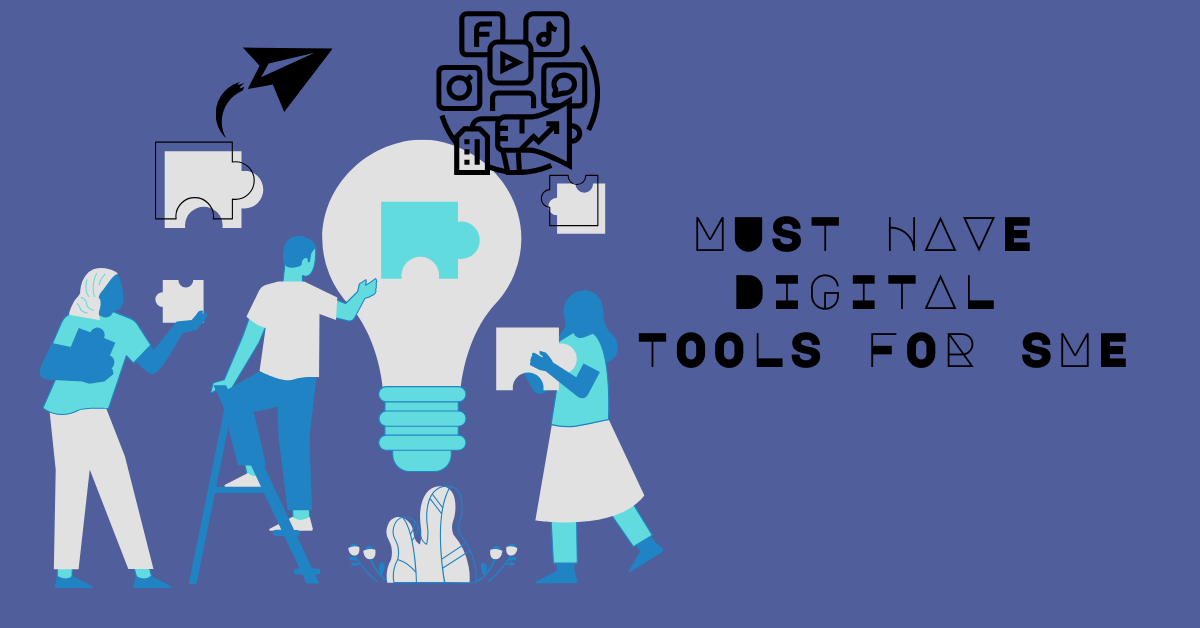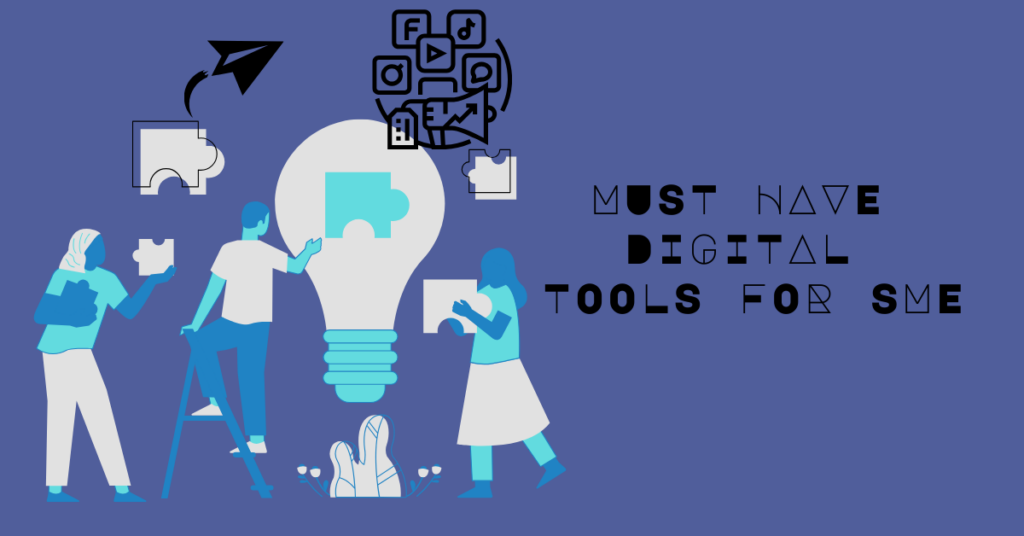
AI Revolutionizes Digital Marketing
Digital marketing is rapidly changing, and AI is at the forefront. AI helps marketers understand customers better by analyzing vast amounts of data. This allows for highly targeted marketing throughout the customer journey, from initial awareness to conversion.
One major benefit of AI is personalization. AI platforms can analyze individual user data and tailor messaging, offers, and recommendations for maximum impact. This can be anything from personalized product suggestions to dynamic ad creatives and optimized email content.
AI is constantly evolving, offering continuous opportunities for innovation. Companies that stay up-to-date with these advancements can ensure their marketing strategies are cutting-edge.
Reaching audiences across borders brings unique challenges. AI helps by enabling hyper-localized marketing campaigns. By analyzing local trends, cultural nuances, and preferences, AI platforms can craft targeted messaging and offers that resonate with specific demographics.
The future of AI in marketing is bright. From predictive analytics and chatbots to augmented reality, there are endless possibilities for innovation. By embracing AI, brands can personalize experiences, drive customer engagement, and achieve growth.
In short, AI is transforming digital marketing. By leveraging data insights, targeted campaigns, creative automation, and localized strategies, brands can unlock new growth opportunities in the digital age. As AI reshapes marketing, forward-thinking companies will adopt this technology to stay relevant and competitive.
Further readings: https://inc42.com/resources/the-rise-of-ai-in-martech-transforming-digital-marketing-strategies/












